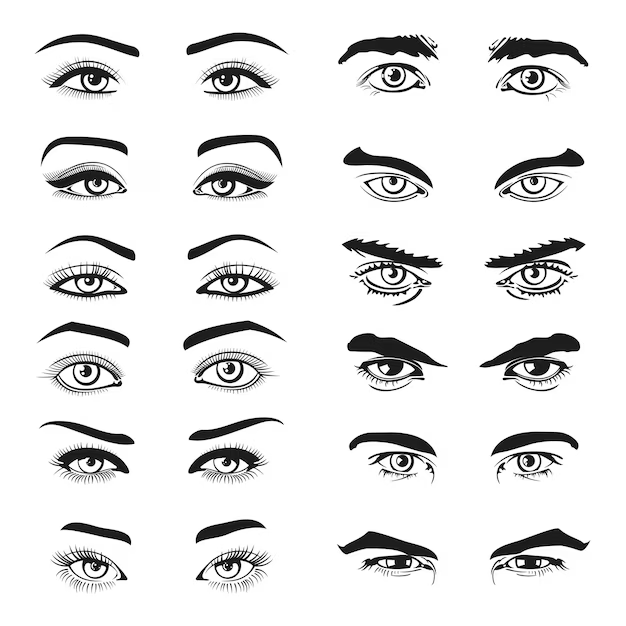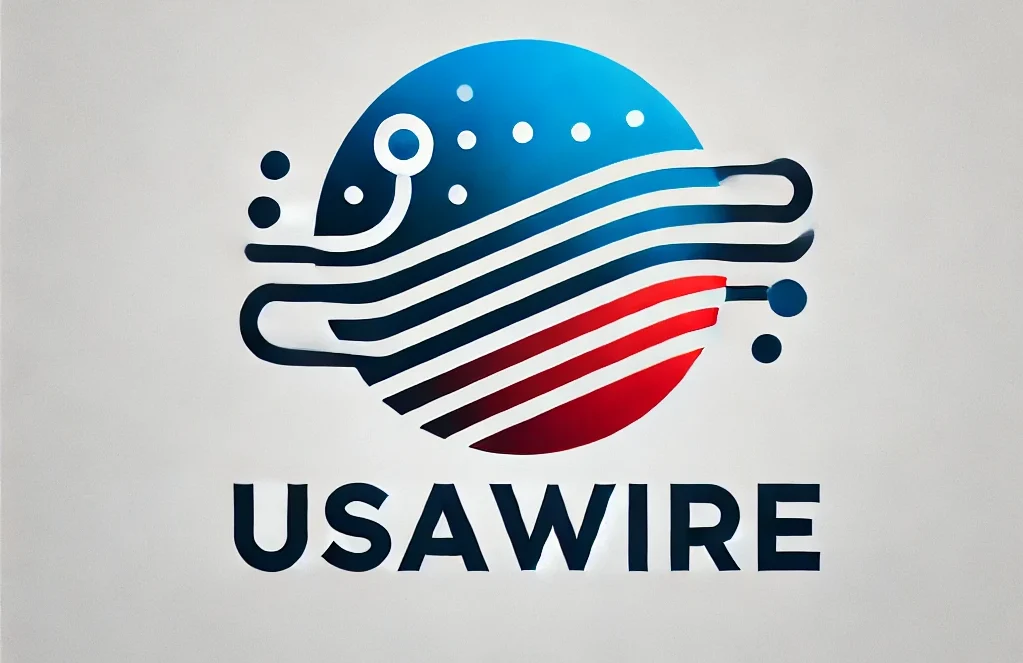
Introduction
In the age of digital identity, face recognition technology has become both a tool and a topic of debate. PimEyes, a popular face search engine, is at the forefront of this conversation. This blog delves into what PimEyes is, how it works, its pros and cons, and the potential ethical considerations surrounding its use.
What is PimEyes?
PimEyes is a face search engine that uses advanced facial recognition technology to locate online images of individuals. Simply by uploading a photo, users can search for images across the internet that may feature the same face. PimEyes scans millions of web pages to provide results, making it a valuable tool for individuals and businesses alike.
How Does PimEyes Work?
PimEyes operates by using deep learning algorithms and AI-driven facial recognition. When a user uploads an image, PimEyes analyzes the unique features of the face, such as the distance between the eyes, jawline shape, and more. It then scours the internet to find similar faces in public databases and websites, returning a list of results that match the uploaded photo.
Benefits of Using PimEyes
1. Protection of Digital Identity
PimEyes can help people identify where their images are being used online, allowing them to track unauthorized uses and manage their digital presence. This is especially helpful for public figures, influencers, and individuals concerned about privacy.
2. Assistance in Professional Settings
Companies sometimes use PimEyes to ensure that their employees’ images aren’t being used improperly online. This can help in managing brand reputation and protecting intellectual property.
3. Finding Lost Connections
PimEyes also provides a way to reconnect with long-lost friends or family members. For instance, if someone has only an old photograph of a relative, PimEyes may help locate more recent images if they’re publicly available.
4. Support for Law Enforcement
While controversial, some law enforcement agencies find face recognition tools helpful in identifying missing persons or suspects, especially in conjunction with public databases and criminal records.
Limitations of PimEyes
1. Accuracy Issues
While PimEyes uses advanced AI, it is not foolproof. Results may include false positives, and it might struggle with low-quality or altered images, making it challenging to obtain reliable matches every time.
2. Limited Access to Private Data
PimEyes can only access public data. If an image exists in a private database or protected social media account, PimEyes won’t be able to retrieve it.
3. Cost and Subscription
While PimEyes offers some free services, more advanced features (like unlimited searches or access to detailed search results) require a paid subscription. For many users, this cost might not be justifiable.
Ethical Considerations Around PimEyes
1. Privacy Concerns
With PimEyes, anyone can search for images of others, raising significant privacy questions. Critics argue that PimEyes blurs the line between digital transparency and personal privacy, potentially leading to misuse.
2. Potential for Misuse
As powerful as PimEyes is, it can also be used maliciously. For example, stalkers or identity thieves could exploit the platform to find images of individuals without consent. This highlights a need for stricter regulation and responsible use.
3. Impact on Consent
Many images that PimEyes finds are public but may not have been intended for wide distribution. This poses a dilemma: although the images are technically public, the individuals in them might not consent to widespread dissemination.
4. Data Security Risks
Facial data is extremely sensitive. If PimEyes or similar databases experience a data breach, users’ facial data could be exploited in ways that could compromise their privacy and security. Ensuring secure storage and data handling is essential.
How to Use PimEyes Safely and Responsibly

1. Limit Your Searches
If you’re curious about where your images appear, consider performing searches sparingly to avoid potential misuse.
2. Monitor Your Digital Footprint
Regularly track your digital presence using tools like PimEyes or Google image search to ensure your images aren’t being used without permission.
3. Seek Consent
If using PimEyes for professional purposes (e.g., for business image tracking), seek consent from the individual if possible. Respecting privacy and maintaining trust is crucial.
4. Report Misuse
If you notice any misuse of your image, PimEyes provides links to the websites where these images are hosted. You can often report these instances to the website or use tools like Google’s removal request if necessary.
Final Thoughts
PimEyes brings both opportunities and challenges in the digital age. Its technology enables users to find where their images are online, reclaiming some control over their online presence. However, with the power of such a tool comes responsibility, and ethical considerations must guide its use. As technology evolves, so must our approach to privacy and digital rights.
Whether you’re a public figure wanting to protect your image, or someone curious about your online footprint, understanding both the potential and the limits of PimEyes can empower you to navigate the online world more securely. As with all tools, the key lies in responsible use and an awareness of both the benefits and the potential risks involved.
Conclusion
PimEyes offers a unique and powerful way to monitor one’s online image presence, but it’s not without its ethical challenges. When using face search tools, remember that balance and respect for privacy are essential. In today’s connected world, tools like PimEyes can be beneficial, but they also require careful consideration of their broader implications on privacy and personal safety.





1 thought on “Exploring PimEyes: The Face Search Engine You Need to Know About”